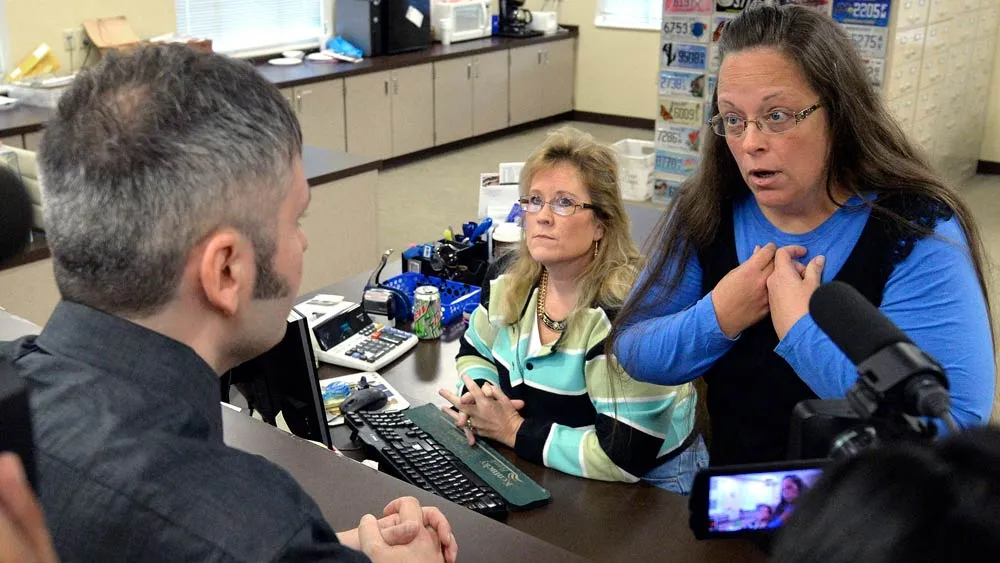March 3, 2015
Smartphones Could Tell Consumers What's In Food
Matthew Wexler READ TIME: 2 MIN.
In the ever-complicated debate over labeling of genetically modified foods, Agriculture Secretary Tom Vilsack says he has an idea: use your smartphone.
Vilsack told members of Congress on Wednesday that consumers could just use their phones to scan special bar codes or other symbols on food packages in the grocery store. All sorts of information could pop up, such as whether the food's ingredients include genetically modified organisms, or GMOs.
"Industry could solve that issue in a heartbeat," Vilsack said.
The Food and Drug Administration handles most food-package labeling, so Vilsack's idea isn't an official proposal. But the agriculture secretary suggested it could head off the debate between the food industry and those who have pushed for package labels that identify GMOs.
At least one labeling advocate disagreed. Scott Faber, head of the national Just Label It campaign, says most consumers don't have the know-how to use their phones to scan a bar code or so-called QR code, a commonly used scannable image.
"Consumers shouldn't have to have a high-tech smartphone and a 10-gigabyte data plan to know what's in their food," Faber said.
An FDA spokeswoman said the idea is "not currently under discussion" at that agency.
Vilsack has mentioned the idea before, but he said it could have new life as Congress becomes more involved in the issue. A Republican House bill would block any further state efforts to require GMO package labels. Last year Vermont became the first state to pass a law to requiring the labeling.
Vilsack said some food companies have been receptive to his idea, though he didn't name any.
There's some indication that food companies are mulling similar ideas. A spokesman for the Grocery Manufacturers Association, which represents the food industry, said the group is "actively discussing ways to further provide consumers with this important information." Jeff Beckman, a spokesman for The Hershey Co., said the company is working on new ways it can make ingredient and nutrition information "more readily accessible through new technologies."
Genetically modified seeds are engineered to have certain traits, like resistance to herbicides or certain plant diseases. The majority of the country's corn and soybean crop is now genetically modified, with much of that going to animal feed. Modified corn and soybeans are also made into popular processed food ingredients like corn oil, corn starch, high-fructose corn syrup and soybean oil.
Consumer advocates pushing for the labeling say shoppers have a right to know what is in their food, arguing that not enough is known about the effects of the technology. They have supported several state efforts to require labeling, with the eventual goal of having a federal standard. The food industry has vigorously opposed the effort, saying labels would be misleading because GMOs are safe.
Vilsack has been supportive of genetically modified crops, saying at the hearing that there is "no question in my mind" that they are safe. But he has called for the two sides to try to come together.
"A bar code seems the best way of doing it without picking sides," he said.
Matthew Wexler is EDGE's Senior Editor, Features & Branded Content. More of his writing can be found at www.wexlerwrites.com. Follow him on Twitter and Instagram at @wexlerwrites.







